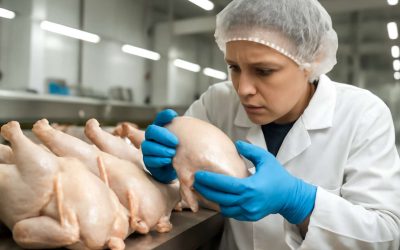An automatic egg incubator can save you a lot of time and frustration. It automatically controls the temperature and humidity in an incubating chamber, allowing you to focus on other aspects of the incubation process.
A good incubator is made of quality material that won’t break easily or leak. It also has an LED display that monitors temperature and humidity levels and alerts you when those levels drop or rise. It should also be easy to clean.
One of the best features on an automatic egg incubator is the ability to add water without opening the lid. This allows you to control the humidity and maintain an even temperature for optimal hatching results.
Another great feature is that it has a built-in fan that circulates fresh air inside the incubator. This helps to prevent condensation on the dome cover, which can hinder hatching.
You should also choose an incubator that offers a see-through lid and sides for easy observation. This will help you keep tabs on your eggs and provide a sense of security that they are in a safe environment.
It is important to find a good source of fertilized eggs for hatching, either from local poultry farmers or hatcheries. Fertile eggs are typically sold by the dozen.
Once you have located a source of eggs, you need to prepare the incubator for incubation. Use a 10 percent bleach solution to clean the incubator and place it in a room with consistent ambient temperatures. Then, double-check that the thermometer is working properly.
Incubation usually takes about 21 days to complete. It is important to check on your eggs every few hours during that period. The eggs will need to be turned a minimum of three times per day. This will ensure that the embryos do not stick to the shell membrane and die.
When hand turning, use a non-toxic pencil to mark the opposite side of each egg you turn. This will help you remember which side to flip the egg to each time.
A hand-turned egg has a higher chance of hatching than an unturned egg. This is because the embryos are more likely to be able to develop.
You can also increase the rate at which you turn your eggs by using an egg turner that is adjustable according to the size of the different types of eggs. This will reduce the number of times you have to open your incubator and will improve your hatch rates.
If you are hand turning your eggs, be sure to wash your hands thoroughly and avoid touching them with bare skin. This will prevent germs from being transferred to the eggs and the chicks.
During the first 17 days of incubation, it is essential to turn your eggs a minimum of three times per day. You should also keep track of the number of times you have turned them with a marker.
Some people find that hand-turning the eggs is very rewarding. It takes some time and effort, but it can be a fun part of the incubation process.



0 Comments